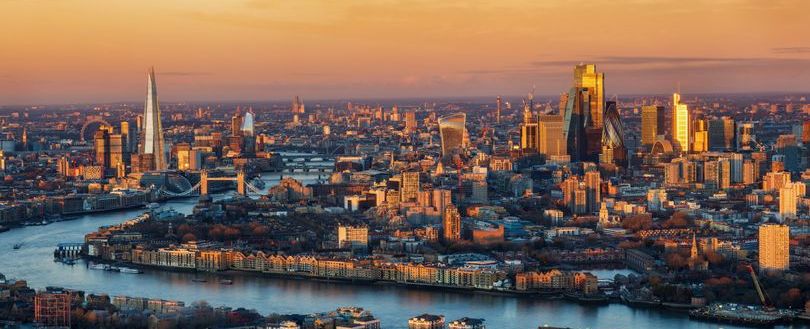
Mayor of London Supports Government Push to End Cladding Crisis in the Capital
Like it? Share it!
21 May 2025
The Mayor of London, Sadiq Khan, has reaffirmed his dedication to working closely with the Government, London Councils, and the London Fire Brigade to accelerate the removal of unsafe cladding from residential buildings over 11 metres tall in the capital.
Since the Grenfell Tower tragedy eight years ago, Khan has made it a priority to pursue justice for those affected and to improve safety for Londoners in their homes. His efforts have included enforcing stricter safety standards than those seen elsewhere in England through the London Plan and City Hall’s funding initiatives, along with consistently calling for faster remediation of unsafe buildings.
Under Khan’s leadership, the London Fire Brigade has implemented all recommendations from the first phase of the Grenfell Tower Inquiry and introduced substantial changes to its policies, procedures, and equipment. These reforms aim to ensure the Brigade is better prepared and equipped to respond to fires and protect all London residents.
Launch of the Joint Remediation Partnership Board
On 6th May, a new body, the Joint Remediation Partnership Board, convened for the first time. Co-chaired by Deputy Mayor for Housing and Residential Development Tom Copley and Building and Fire Safety Minister Alex Norris, the Board brings together representatives from central Government, London Councils, the London Fire Brigade, housing associations, and regulatory bodies.
The building safety challenge in London is unmatched, owing to the high concentration of properties with unsafe cladding. The capital has four times the national average of high-rise homes. At present, 1,513 buildings involved in Government remediation schemes have yet to begin on-site works. Previous efforts to remove unsafe cladding have been criticised for moving “far too slow”.
Delivering real progress will require a coordinated effort, as the responsibility for remediation is shared among numerous national and local organisations. The Mayor emphasised that City Hall cannot resolve this alone. Instead, success hinges on collaboration between all levels of government to prioritise and combine their powers and resources to meet national targets.
The Board’s strategy aligns with the Government’s aim for all residential buildings over 11 metres with unsafe cladding to be either remediated or scheduled for completion by the end of 2029. Landlords who fail to comply could face severe penalties.
Strong Commitment from Stakeholders
Sadiq Khan stated:
“This is a significant step forward in speeding up the removal of dangerous cladding in London, which had been far too slow under the previous Government. Everyone deserves the right to live in a safe home: a right denied to the residents of Grenfell Tower. I will not stop until we can say with confidence that the failings which led to that 2017 disaster will never be repeated. I will continue to work hand-in-hand with the Government, London Councils, the London Fire Brigade and the sector to take swift action to remove dangerous cladding on buildings as we continue to build a safer capital for all.”
Alex Norris, Minister for Building and Fire Safety, echoed this urgency:
“The pace of remediation has been far too slow. Nearly eight years on from the Grenfell tragedy, far too many people are living in buildings with unsafe cladding. This problem is particularly acute in London, which is why I’m pleased to be working with the Deputy Mayor for London and the Greater London Authority to accelerate the pace of remediation work and ensure residents feel safe and secure in their homes.”
He added:
“Alongside the London Fire Brigade, London Councils and regulators, we are bringing renewed vigour towards tackling long-overdue issues with unsafe cladding in the capital.”
Addressing Longstanding Issues
Charlie Pugsley, Deputy Commissioner and Director of Prevention, Protection and Operational Policy at the London Fire Brigade, also welcomed the move:
“The creation of the Joint Remediation Partnership Board, and continued support from the Mayor of London, will be key in helping to address the ongoing challenges being faced across London's built environment.”
He continued:
“We support this action being taken to drive forward the remediation required across London’s high-rise and medium-rise residential properties. It’s unacceptable that leaseholders and residents continue to face such uncertainty and stress and, in many cases, a significant financial burden due to these buildings with dangerous cladding still not being remediated.”
In closing, Pugsley emphasised:
“Those responsible for residential buildings have a legal obligation on this matter. We will continue to work with all stakeholders to identify and address the risks in order to keep Londoners safe.”
View the source.
Our eNews provides regular insight into industry trends, news headlines, and product and service information. For more articles like this Subscribe to our enews.
Related news
Related resources
-
Passenger Service Vehicle - Guidance Note
05 September 2023
